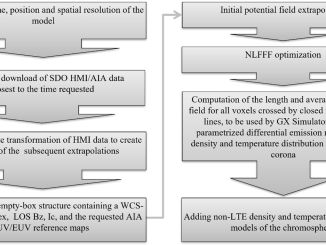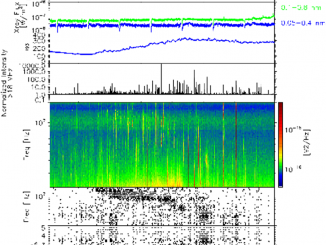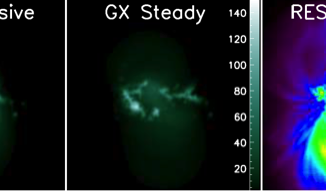Data-constrained Solar Modeling with GX Simulator by G. Nita et al
In the dynamic realm of modern solar physics, where vast and diverse data sets challenge understanding, a critical need emerges for advanced data-constrained 3D modeling that combines photospheric magnetic fields measurements and a wide range of contextual electromagnetic radiation observations, which includes radio, X-ray, and extreme ultraviolet (EUV) emissions. Bridging all these available observational data constraints is imperative to create a comprehensive understanding of solar activity and phenomena. Addressing this […]



